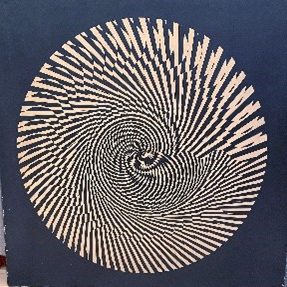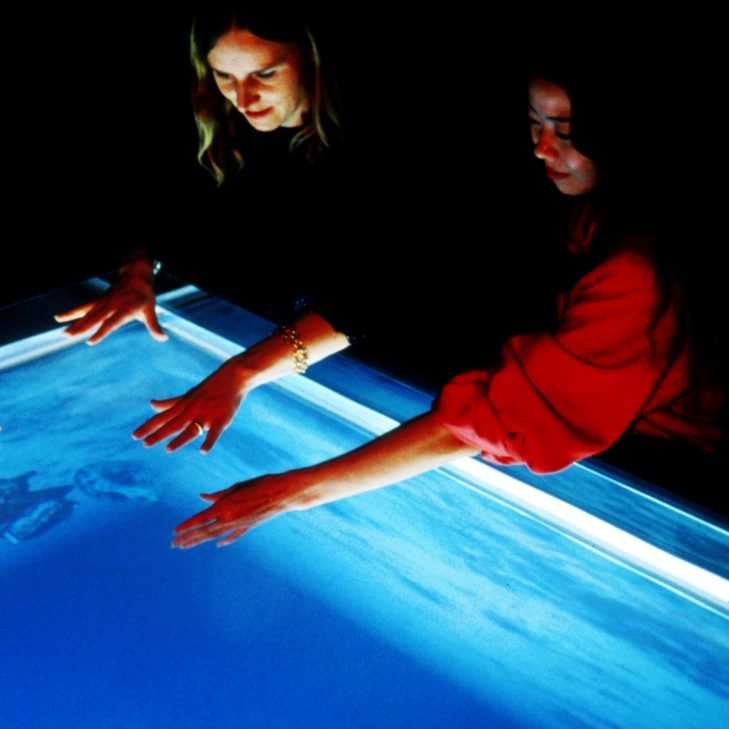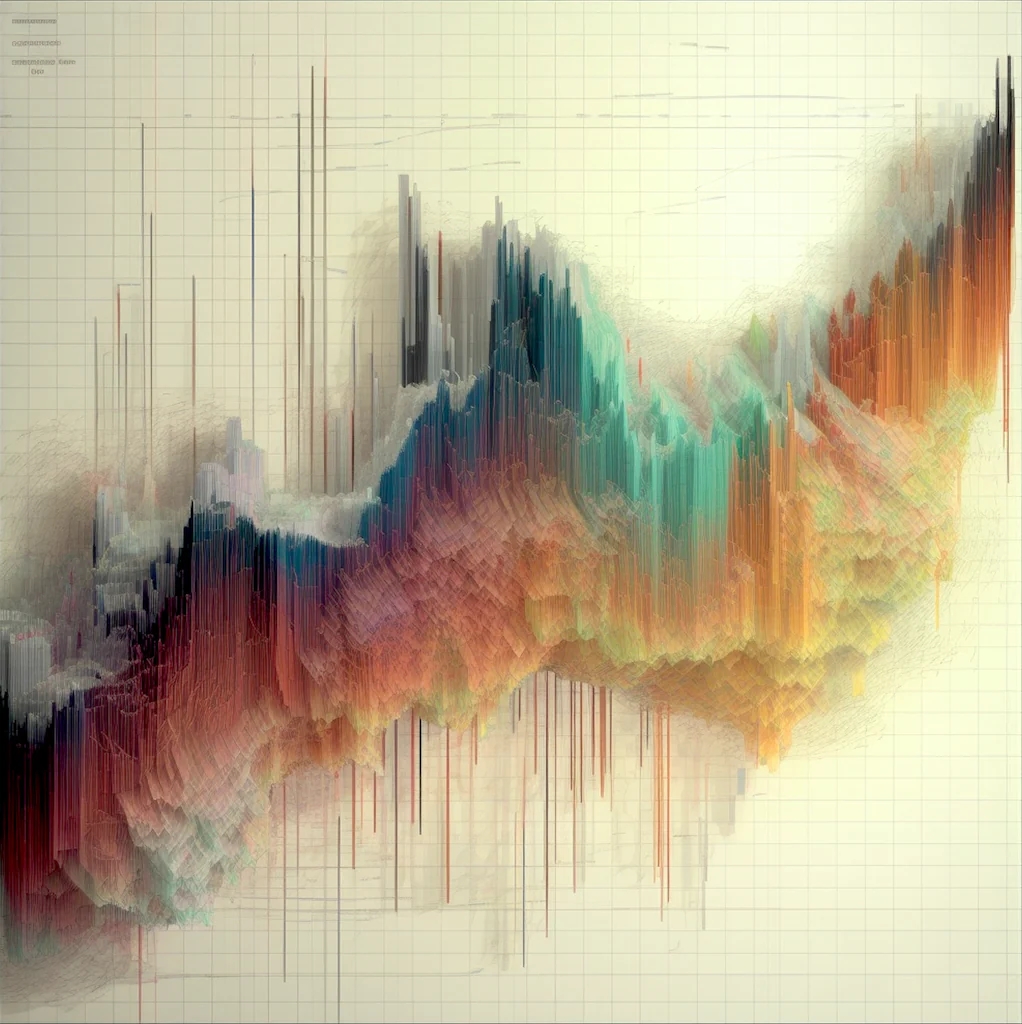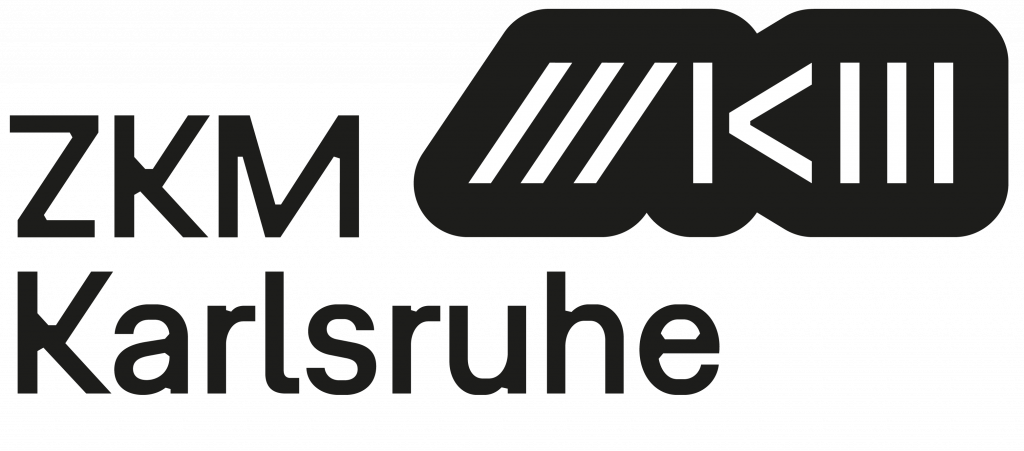2024, July 3rd and 4th – Academy of Arts, Berlin
More than 50 guests of honor will join, whose works have shaped generative art


2024, July 3rd and 4th – 9:30 am – 6:00 pm
Akademie der Künste Berlin, Hanseatenweg
Conference about the history of generative art 1954 – 2024
Conference Day 1: „The Hall of Fame“
The program for the first day of the conference – the “Hall of Fame” – is all about the pioneers of the 20th century. Dr. Stefan Gronert from the Sprengel Museum will present the beginnings in the 1950s with generative photographers such as Gottfried Jäger, Karl Martin Holzhäuser and Hein Gravenhorst. Many pioneers of the first generation of digital computer art from the 1906s and 1970s will make presentations or be on a panel: Prof. Dr. Frieder Nake and Prof. Dr. A. Michael Noll (video presentation) as well as Joan Truckenbrod, Sylvia Roubaud, Prof. Dr. Hans Dehlinger and Reiner Schneeberger, Tom Mikulic and Dr. Bill Kolomyjec. As contemporary witnesses, they report on the beginnings of an art form that for decades developed largely in a ghetto of traditional art. The second generation of digital artists will also present themselves at the summit, artists who founded the next stage of computer art with their works in the 1980s/90s: Prof. Christa Sommerer with her interactive installations, Monika Fleischmann and Wolfgang Strauß, co-founders of Art+Com and pathfinders for virtual reality, Prof. Mechthild Schmidt-Feist with her multimedia net art and Prof. William Latham, who was one of the first to develop 3D evolutionary models and algorithms for organic life and used them also for artistic animations. Finally, Geoff Davis focused very early on the artistic use of microcomputers. All of them have opened up completely new techniques for art with their work, and some have even helped to develop them. In short lectures and panel discussions, these representatives will bring the early days of algorithmic art to life as contemporary witnesses.








Margit Rosen, Catherine Mason and Prof. Dr. Taylor D. Grant are among the few pioneering researchers who have accompanied these developments in art history since the 20th century. They present different perspectives: Margit Rosen, Head of the Collections and Archive Department at the ZKM | Centre for Art and Media Karlsruhe, will shed light on the emergence of analog computers in art. Grant Taylor and Catherine Mason will place the achievements of the visionaries between art and technology in different art historical contexts.
Anne and Michael Spalter will report on how the “Spalter Digital”, an outstanding collection of historic generative art with around 1000 works, has been created since the 1960s. A pioneer among those responsible for the museum is Prof. Dr. Wulf Herzogenrath, who, as the then director of the tradition-steeped Kunsthalle Bremen, took over Herbert W. Franke’s extensive computer art collection back in the noughties of the new century, thus preserving numerous now historically significant works for posterity. He will discuss in a talk with Margit Rosen from ZKM and Sabine Himmelsbacah vom HEK Basel, why museums still find it so difficult to deal with generative art today, what tasks are urgently required of museums and why it is becoming increasingly difficult to preserve the beginnings of this art form in museums for the future.
Conference Day 2: „From Algorithms to Artificial Intelligence”
The second day of the conference begins by bridging the gap between science and art. Eric de Giuli, theoretical physicist and computer artist, will talk about the changing relationship between science and art and in his short lecture will also refer to the early work of Herbert W. Franke – “Art and Construction. Mathematics and Art as a Photographic Experiment” (1957). Franke was already combining science and art back then – at a time when C.P. Snow came up with the catchphrase of the “two cultures”, which is still popular today. In the following talk, de Giuly will enter into a dialogue with William Latham about his changing role as a scientist and artist, moderated by Susanne Paech. Joerg Stelkens gives a live demonstration of how he began developing software at the Academy of Arts in Munich in the 1990s that made it possible to transform images into tonal effects. He will also give a live presentation of the historic software coding the sound for a historci videoclip, Hebert did of ZENTRUM, one of his first apple II programs 1985, before one of the leading generative artists of the crypto scene P1xelboy from the crypto world will then shed light on the question of how particles differ in the use of science and art.
The second part of the morning will focus on developments in blockchain and Web3. To introduce this session, Susanne Paech will hold a discussion with Le Random and thefunnyguys as well as Peter Bauman. The institution has set itself the goal of not only collecting generative art, but also analysing its historical development since the 1960s. The talk will provide an overview of the recent history of generative art.






The Swedish artist Jonas Lund is one of the best-known artists in the blockchain. He even runs his own DAO, a Decentralised Autonomous Organisation, and has created his own cryptocurrency. It can be used to buy Lund’s works and also gives him the right to actively participate in certain artistic decisions. Lund talks about how, in his opinion, people will increasingly grow into an immaterial world as a result of such developments. However, an opposing development in generative art can also be recognised. It will be the focus of a panel discussion led by curator and NFT expert Anika Meier, who will talk to artists Marcel Schwittlick, Travess Smalley and Stefano Contiero about why a number of digital artists are finding their way out of the digital world back into the traditional world and producing their works as prints.
Thanks to the ease of use of digital tools, the technological challenge for digital art production in the 21st century has been minimised. A large number of artists are now using blockchain to offer works. This leads to fierce competition for visibility online. Moderated by Clara Herrmann, Head of the Junge Akademie der Künste Berlin, the discussion will feature artist Anna Lucia, architecture doctoral student Alexander Grasser and Bernhard Nessler from the artist group CryptoWiener. They will also talk about how young representatives of generative art can attract attention to their work in a world of digital image overload.
The conference opens in the afternoon with a talk in which Julia Schicker, artist and software developer based in Basel, Switzerland, will discuss with Aleksandra Jovanic and Jeff Davis, artist and leading manager at Art Blocks, the leading art pltform in the blockchain. Among other things, they will talk about the role of blockchain platforms for art today. Their number has increased significantly in recent years. However, over the course of the last year, some of these platforms have ceased operations again. Why is this the case and is there a crisis among these platform operators? Anika Meier, pioneering NFT curator, discusses this with Ciphrd, founder of the art platform fxhash, and Wassim Z. Alsindi, co-founder of the MIT’s Cryptoeconomic Systems Iournal and conference series.
The last part of the day is dedicated to art related to artificial intelligence. Sabine Himmelsbach, art historian and director of the HEK (House of Electronic Arts) in Basel, will give a brief introduction to the emergence and categorisation of AI art. She will then discuss the tension between man and machine with robotics and AI pioneer Mario Klingemann and the two AI art pioneers Sougwen Chung and Ivona Tau. With the support of Dr Simon Hembt, partner at the international law firm Bird & Bird, copyright aspects will also be examined. Who is the artist – man or machine? Or also: To what extent can the artist of a work created with AI, whose algorithms arise from analysing the works of other artists, be awarded a copyright at all? And is it also permissible under copyright law for AI developers to use copyrighted works published online for the learning phase of such algorithms? These are many questions that are the subject of controversial debate in the art world today.
After this talk, Operator, a world-renowned and multi-award-winning artist duo, will take us into their world of cross-media performance, before Cathrine Mason and Sasha Stiles talk about how poetry and artificial intelligence find a creative unity. The last talk of the conference is dedicated to the question of whether and how the artistic worlds that have developed largely separately for decades – the world of traditional working artists and that of technoid-influenced generative art – can be reconciled and brought together. Susanne Päch talks about this with Ana Maria Caballero, who has won numerous awards, and crypto art pioneer Aaron Penne, founder of the Generative Art Club with more than 400 members. As a spectacular finale to the conference, Harry Yeff, better known to the scene as Reeps1 and described by the Economist as the “champion of the new wave of artists”, will give a presentation and performance that puts the human voice centre stage and creates an extraordinary sound experience with the help of various technologies and the use of artificial intelligence.
Event-Partners









